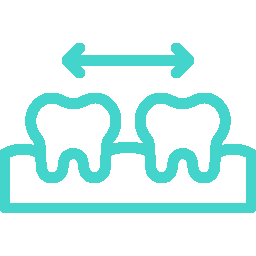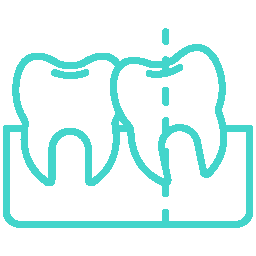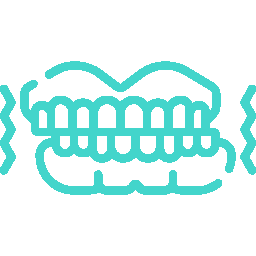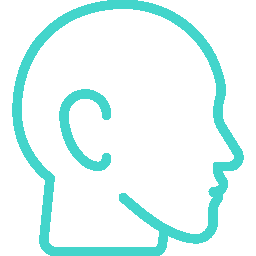Child orthodontics in Mallorca
Treatments to ensure the correct development of the dental structure in children and young people.
Protects and nurtures the formation of healthy and strong teeth
Do you want to solve your orthodontic problem?
Ask us for an appointment with free check-up and diagnosis
Whether you want to start treatment or request information, you are in the right place. Leave us your details and we will contact you within three hours.
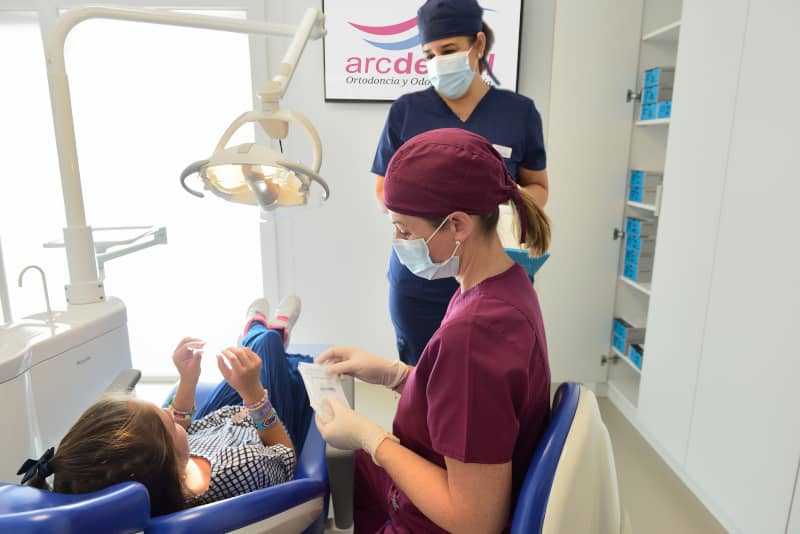
What is orthodontics for children and adolescents?
Paediatric dentistry provides solutions to dental problems for growing children, i.e. from the eruption of the first teeth to pre-adolescence. This branch of dentistry has a closer and preventive approach to treat the correct development of teeth in babies and young children.
Why is it vital to monitor tooth development?
It is important to demystify the belief that baby teeth are not relevant, as they serve as a guide for the correct eruption of the permanent teeth. Therefore, in addition to preventing the appearance of oral problems such as caries or periodontal diseases that may affect the oral health of children, it is important to pay special attention to the development of their bones and the position of their teeth.
In addition to avoiding the aesthetic effects that malocclusion and dental malposition can have on the smile and face, controlling that dental development is appropriate not only prevents the aesthetic effects that malocclusion and dental malposition can have on the smile and face, but also ensures that in adulthood there are no functional problems as long as the occlusion (the way in which the teeth collide) and alignment are correct.
Obviously, when the malocclusion problem is hereditary, it is not possible to prevent it. But we would like to make special mention of the importance of good dental hygiene habits, paediatric dentistry check-ups, and also of avoidable bad habits that can cause occlusion problems such as prolonged use of a dummy or finger sucking. In any case, visits to the dentist will help prevent any future problems.
During these visits, we will carry out a study of the craniofacial growth of the child and we will inform them of the possible alterations that they may suffer as well as the multiple influences that can alter it, creating a disproportionate face. With early orthodontic treatment we can help to ensure that the growth is normal and appropriate for each of our little patients.
What does orthodontics correct in children and adolescents?
Orthodontics in children and adolescents corrects a variety of dental and jaw alignment problems. Monitoring the dentofacial development of young children helps prevent and treat problems such as:
Orthodontic treatments
Treatment with Invisalign transparent orthodontics is based on the diagnosis of the problem, in which an orthodontic study is carried out using 3D X-rays and the design of invisible splints or aligners adapted to the teeth, which must be changed every two weeks.
In cases where an Invisalign splint is not sufficient for the movements, the orthodontist may propose the use of attachments: small balls of composite material that allow the aligners to have a point of support. In this way, the most complex movements can be carried out without any problems.
Furthermore, depending on the needs of each patient, who must commit to wearing the aligners for as long as possible in order to achieve successful treatment, the specialist may recommend one of the types of Invisalign orthodontics, as each one has certain specific specifications.
Frequently Asked Questions about Children's Orthodontics
Orthodontics aims to improve the alignment of the teeth and the bite or occlusion. The ideal in the treatment of these problems is early detection and even prevention, so that growth can be taken advantage of. If this is not possible because they are already adolescents or even adults, it will be necessary to use other types of orthodontics and even other treatments (such as orthognathic surgery) to achieve the desired results. So, in general terms we can say that correction can be offered at any age, with children being the most optimal.
In the process of correcting correct jaw formation and putting teeth in place, orthodontists can use a multitude of appliances and techniques. In each case, we will select the treatment that best suits the age and needs of the patient. We will also take into account that it should be as minimally invasive as possible, i.e. that it should be the least invasive possible and use 3D technology to guarantee the results.
There are various types of orthodontic treatment depending on the problem to be corrected and the age of the patient:
- Preventive treatment aims to eliminate childhood habits that can lead to dentofacial deformities. It is generally applied in the milk teeth, i.e. between 3 and 6 years of age, and the most common treatment is usually the space maintainer or the tongue retainer.
- Interceptive treatment is aimed at facilitating the normal eruption of the permanent teeth and improving the size and position of the maxillary bones, generally when the replacement of milk teeth with permanent teeth begins, i.e. it is applied between 6 and 11 years of age.
- Corrective treatment is carried out after the age of 12, by which time all the permanent teeth should have erupted. The objective, in this case, is to place the teeth once the maxillary bones have the appropriate position and size.
It depends on the treatment. As this involves the placement of fixed appliances such as brackets, check-ups are usually scheduled every 4 to 6 weeks depending on the needs of each patient. During these check-ups, the orthodontist will supervise the progress of the treatment and manipulate the appliance to activate the necessary micro-movements, so that the teeth will progressively move until they reach the desired position.
In the case of Invisalign Teen, that is, the fitting of transparent aligners, it will be necessary to replace them more frequently (every 2 weeks), however, the visit will last less time than with the other systems. In both treatments, at Arcdental we use the latest 3D technology to predict the results and guarantee them.
It is essential to have a balanced diet, however those users of conventional braces may experience some discomfort when drinking a more acidic or gummy product that gets caught between the brackets. In this case, the most important thing is to carry out proper oral hygiene after each meal, following the advice of the orthodontist.
Arcdental braces have the advantage of being made by highly qualified prosthetists, which means that their resistance to fracture is very high. Even so, they are not exempt from domestic accidents. For example, it is always necessary to be more careful when eating harder foods such as some nuts and dried fruit.
On the other hand, unlike what happens with orthodontic treatments that use brackets, with Invisalign aligners there is no food that you should be more careful with, as long as you remove the aligners at the time of eating, although they can become stained if you abuse the consumption of coloured drinks such as soft drinks or processed juices.
Provided that the periodontal disease suffered by the child or adolescent is under control and under treatment, it is possible to resort to orthodontic treatment. However, it is advisable to consult a paediatric dentist who will be able to draw up the best personalised treatment plan in collaboration with the orthodontist. Hence the suitability of going to a centre specialised in these areas of dentistry such as Arcdental.




